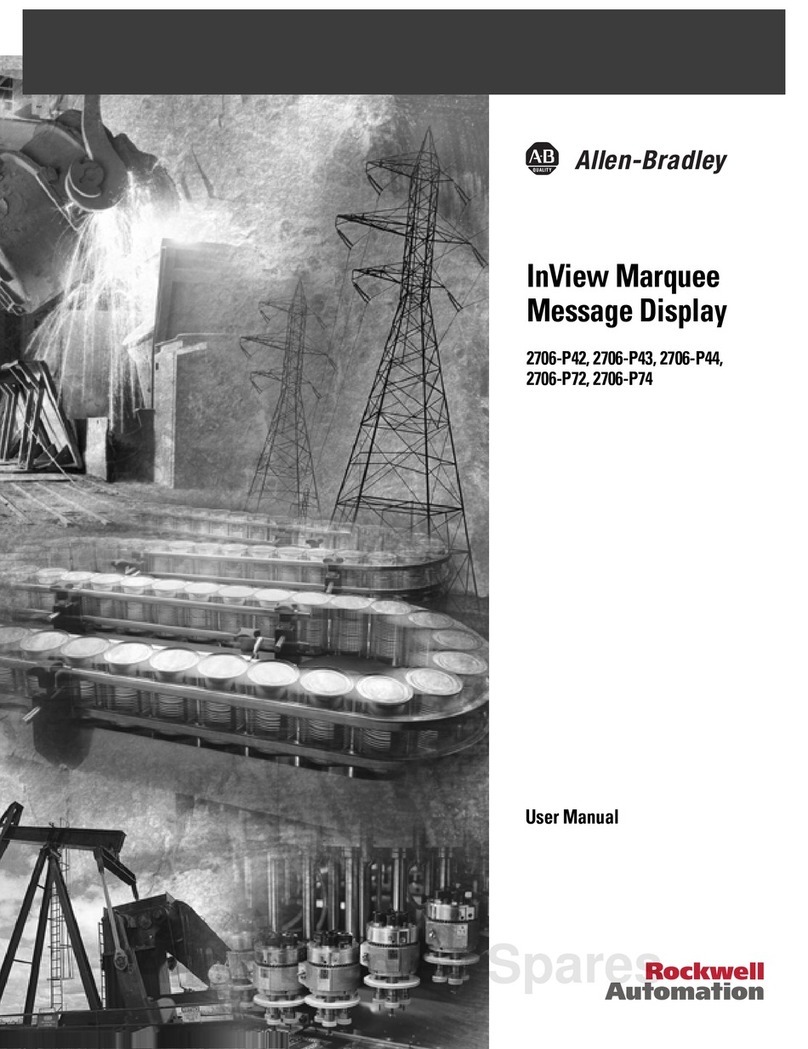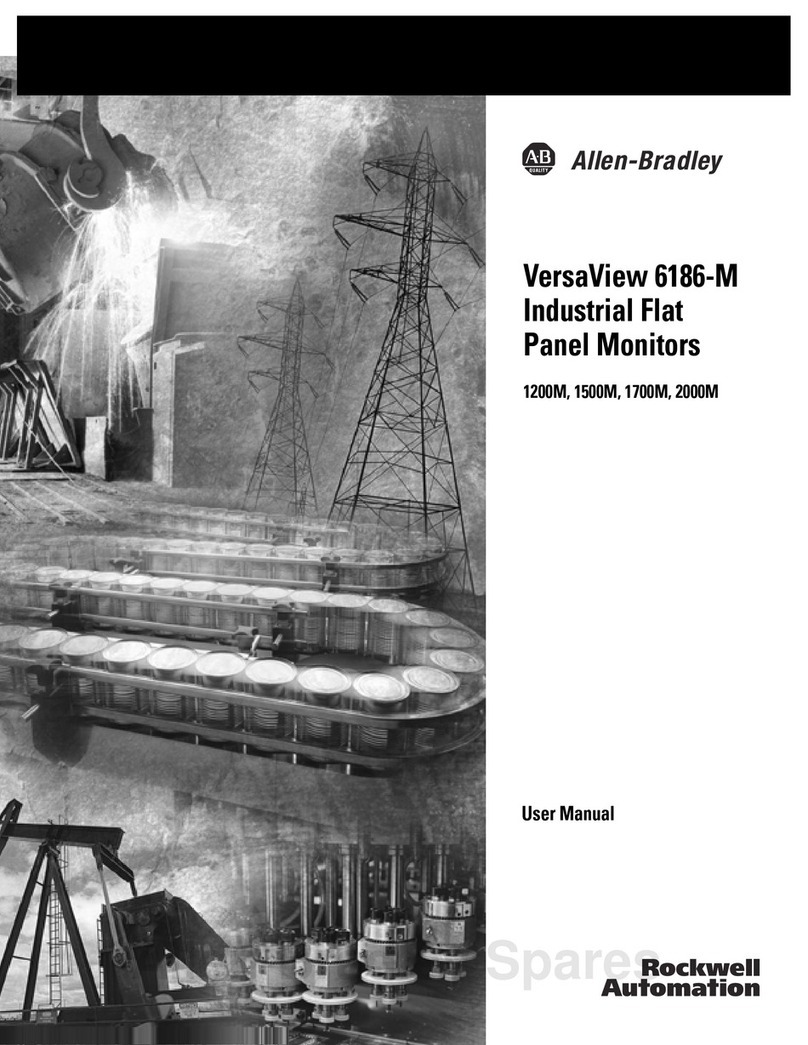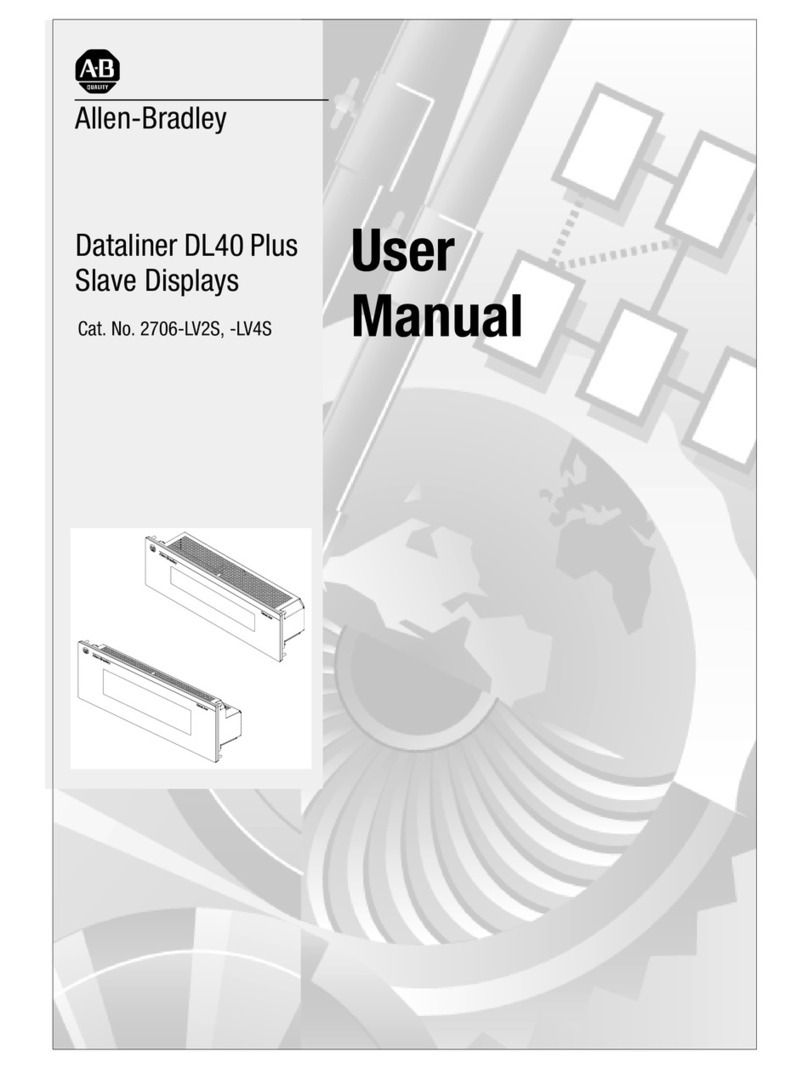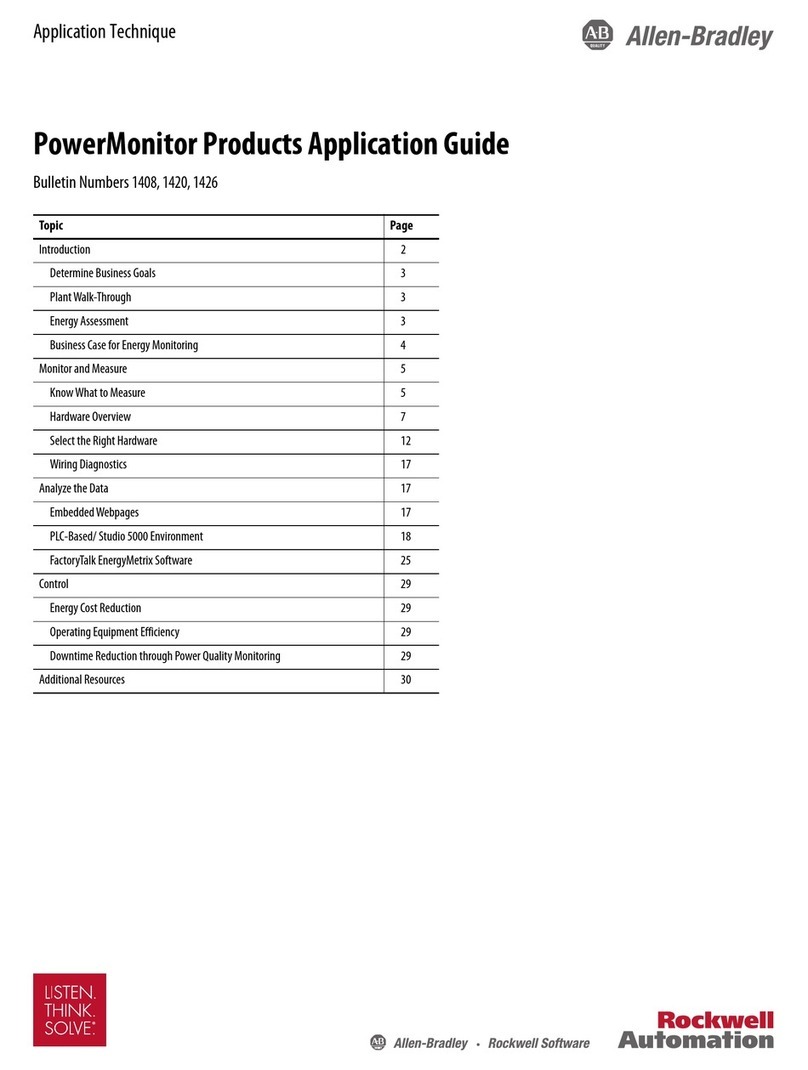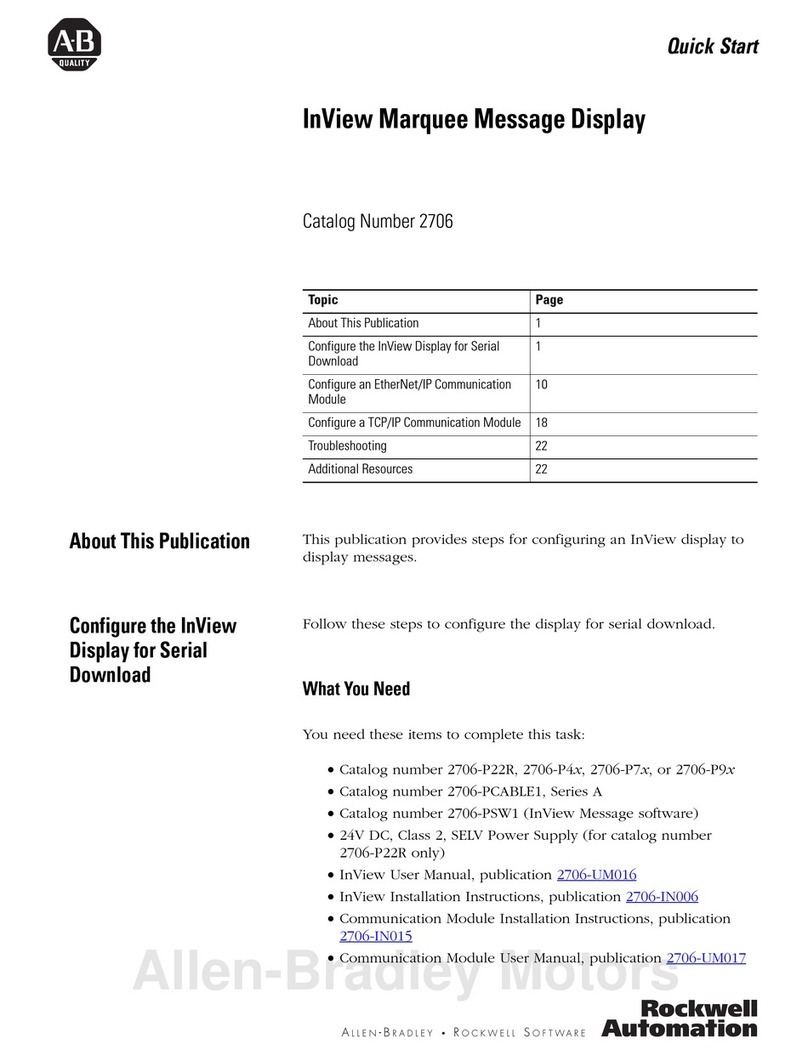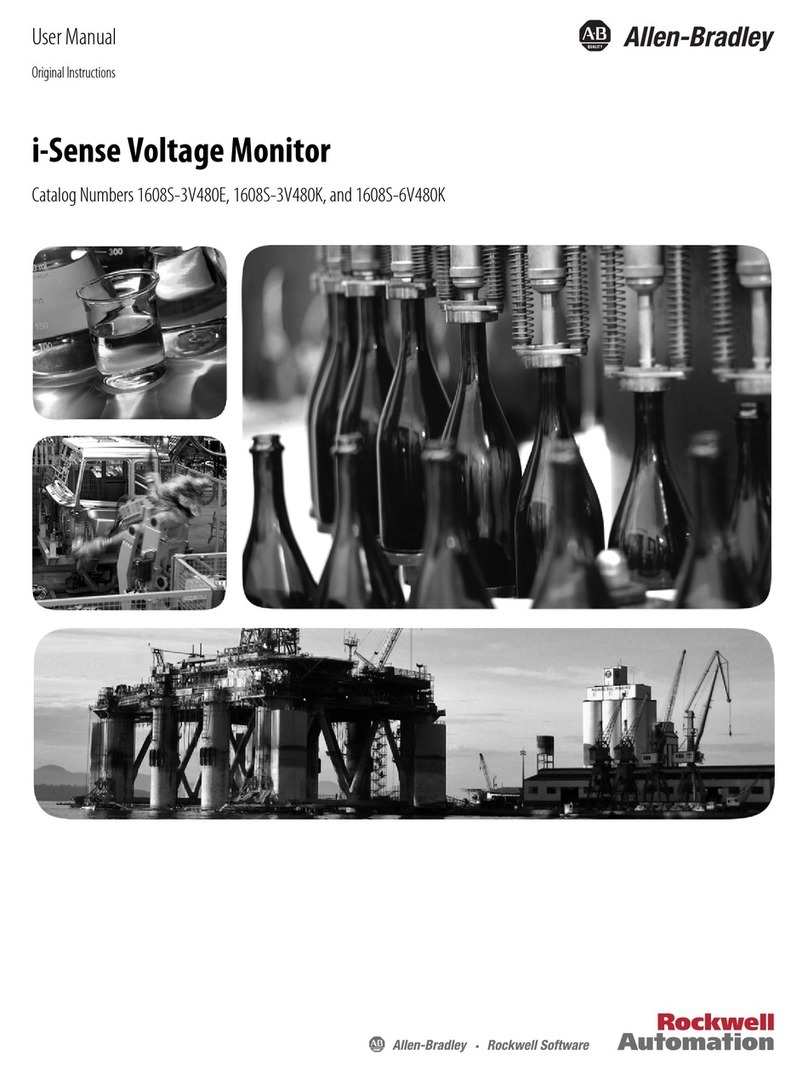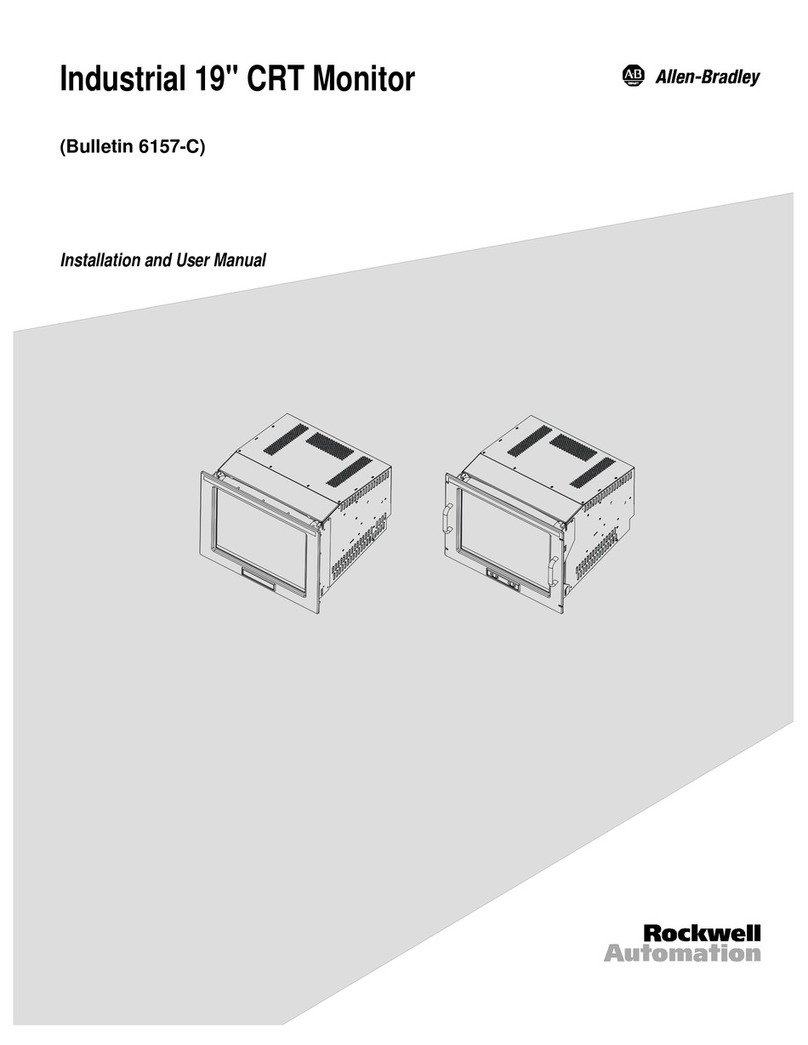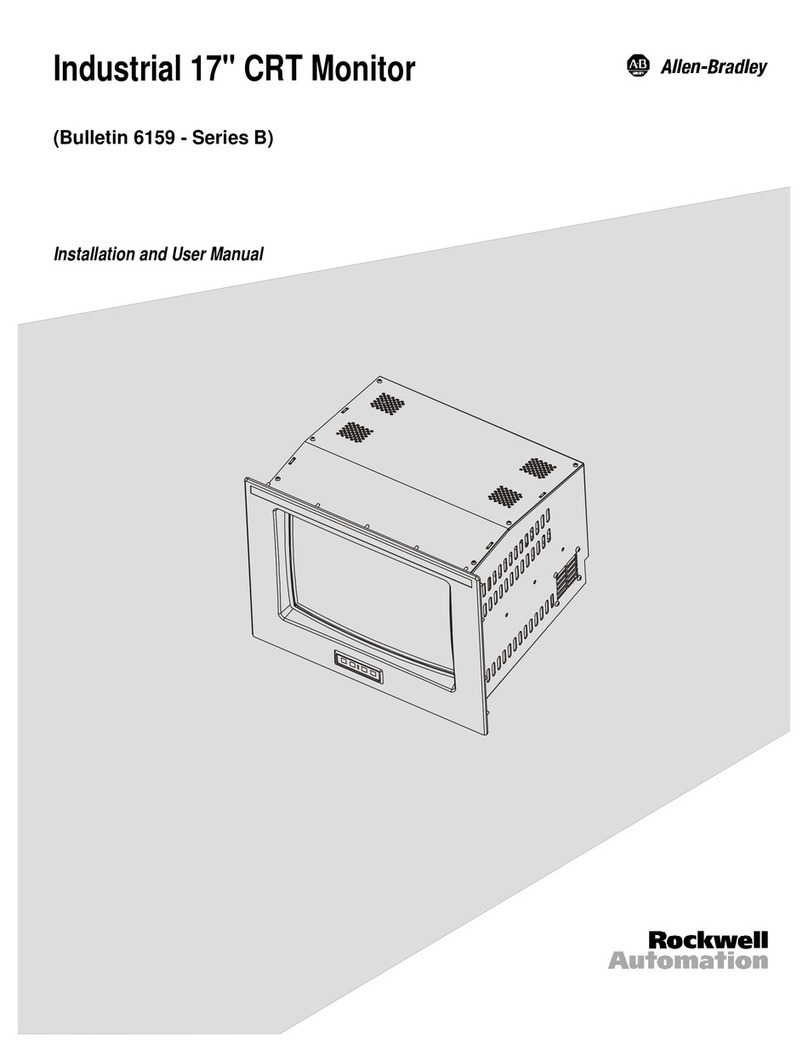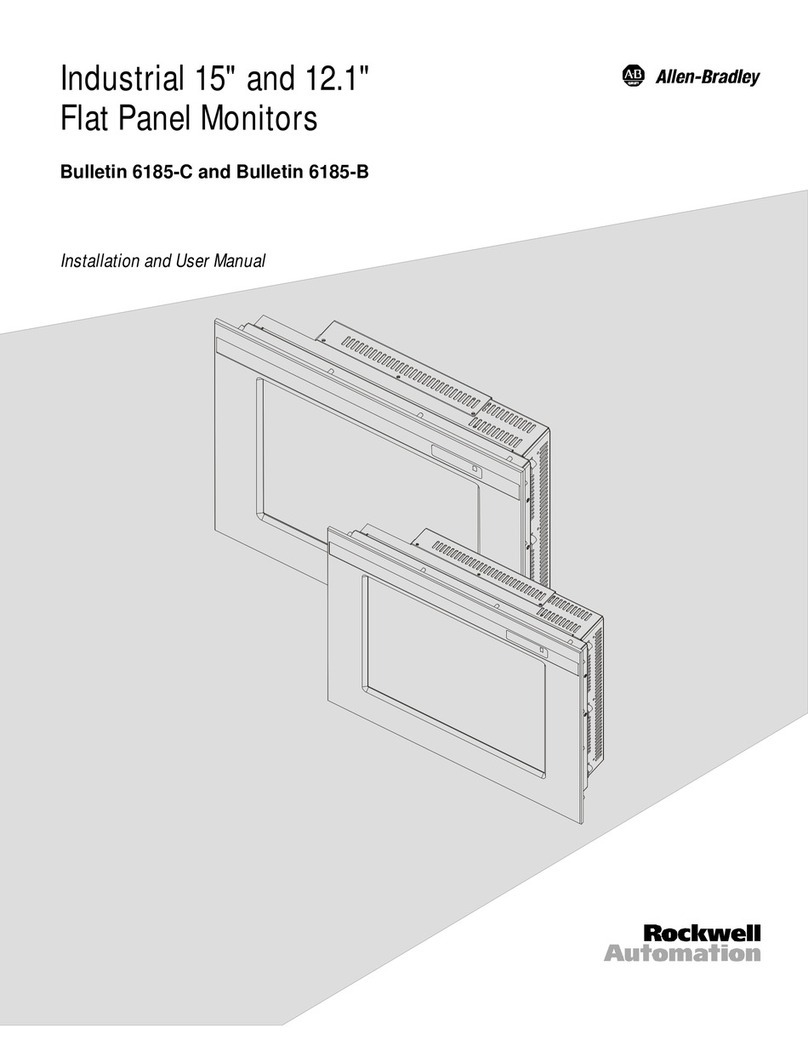
Dataliner Message Display
DL20 Series
Table of Contents
viii
Figures
Menu Flowchart 3–6. . . . . . . . . . . . . . . . . . . . . . . . . . . . . . . . . . . . . . . . . . . . .
Edit Mode Menu for 2 Line DL20 4–2. . . . . . . . . . . . . . . . . . . . . . . . . . . . .
Serial Port Connectors 6–1. . . . . . . . . . . . . . . . . . . . . . . . . . . . . . . . . . . . . . . .
Parallel Port Connectors 7–1. . . . . . . . . . . . . . . . . . . . . . . . . . . . . . . . . . . . . .
Using Discrete Outputs With the Parallel Port 7–2. . . . . . . . . . . . . . . . . . .
11 Output Configuration 7–14. . . . . . . . . . . . . . . . . . . . . . . . . . . . . . . . . . . . . .
10 Output Configuration 7–14. . . . . . . . . . . . . . . . . . . . . . . . . . . . . . . . . . . . . .
3 Output Configuration 7–16. . . . . . . . . . . . . . . . . . . . . . . . . . . . . . . . . . . . . . .
Special Functions Menu 8–2. . . . . . . . . . . . . . . . . . . . . . . . . . . . . . . . . . . . . .
Print Messages Menu 8–3. . . . . . . . . . . . . . . . . . . . . . . . . . . . . . . . . . . . . . . . .
Tape Operations Menu 8–5. . . . . . . . . . . . . . . . . . . . . . . . . . . . . . . . . . . . . . .
EPROM Operations Menu 8–8. . . . . . . . . . . . . . . . . . . . . . . . . . . . . . . . . . . .
Clock Operations Menu 8–9. . . . . . . . . . . . . . . . . . . . . . . . . . . . . . . . . . . . . .
Reset Operation Menu 8–11. . . . . . . . . . . . . . . . . . . . . . . . . . . . . . . . . . . . . . . .
Set Up I/O Operations Menu 8–12. . . . . . . . . . . . . . . . . . . . . . . . . . . . . . . . . .
Set Up Master Operations Menu 8–19. . . . . . . . . . . . . . . . . . . . . . . . . . . . . . .
DL20 Connection Terminals 9–3. . . . . . . . . . . . . . . . . . . . . . . . . . . . . . . . . .
Connecting IBM XT (25-Pin) or Compatible 9–5. . . . . . . . . . . . . . . . . . . .
Connecting IBM AT (9-Pin) or Compatible 9–5. . . . . . . . . . . . . . . . . . . . .
Connecting Allen-Bradley 1775-GA Module 9–6. . . . . . . . . . . . . . . . . . . .
Connecting Allen-Bradley 1771-DB Module 9–6. . . . . . . . . . . . . . . . . . . .
Connecting Allen-Bradley Industrial or Most Dumb DTE
Type Terminals 9–7
. . . . . . . . . . . . . . . . . . . . . . . . . . . . . . . . . . . . . . . . . . .
Cable Diagram (Catalog No. 2706-NC1) 9–8. . . . . . . . . . . . . . . . . . . . . . . .
Connecting DEC VT Series Terminals 9–8. . . . . . . . . . . . . . . . . . . . . . . . . .
Connecting DL10 Slaves 9–9. . . . . . . . . . . . . . . . . . . . . . . . . . . . . . . . . . . . .
Connecting Addressable DL20 Masters 9–10. . . . . . . . . . . . . . . . . . . . . . . . .
Connecting a DL20 to Allen-Bradley 1771-DB Basic Module 9–11. . . . .
Connecting DL20s to Allen-Bradley 1771-DB Basic Module 9–11. . . . . .
Data Recorder (Catalog No. 1770-SB) with
Keyboard (2706-NK1 or -NK2) B–2
. . . . . . . . . . . . . . . . . . . . . . . . . . . . .
Data Recorder (Catalog No. 1770-SB) with Industrial Terminal B–4. . . .
Data Recorder (Catalog No. 1770-SA) with
Keyboard (2706-NK1 or -NK2) B–6
. . . . . . . . . . . . . . . . . . . . . . . . . . . . .
Data Recorder (Catalog No. 1770-SA) with Industrial Terminal B–8. . . .
EPI STR-LINK Data Recorder B–11. . . . . . . . . . . . . . . . . . . . . . . . . . . . . . . .
Message EPROM Socket C–4. . . . . . . . . . . . . . . . . . . . . . . . . . . . . . . . . . . . .
Panel Cut Out Dimensions D–1. . . . . . . . . . . . . . . . . . . . . . . . . . . . . . . . . . . .
One and Two Line DL20 Dimensions D–2. . . . . . . . . . . . . . . . . . . . . . . . . .
Four Line DL20 Dimensions D–3. . . . . . . . . . . . . . . . . . . . . . . . . . . . . . . . . .
Flush Mount Panel Cut Out Dimensions D–4. . . . . . . . . . . . . . . . . . . . . . . .
Panel Mounted Converter (Catalog No. 2706-NG1) Dimensions D–5. . .
3
1
4
1
6
1
7
1
7
2
7
3
7
4
7
5
8
1
8
2
8
3
8
4
8
5
8
6
8
7
8
8
9
1
9
2
9
3
9
4
9
5
9
6
9
7
9
8
9
9
9
10
9
11
9
12
1
2
3
4
5
C
1
1
2
3
4
5
